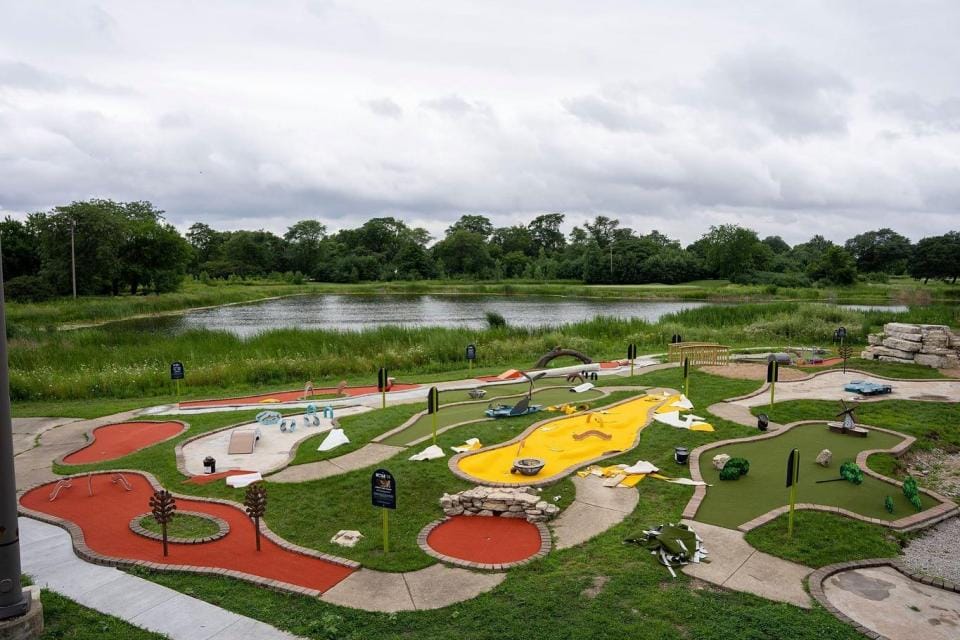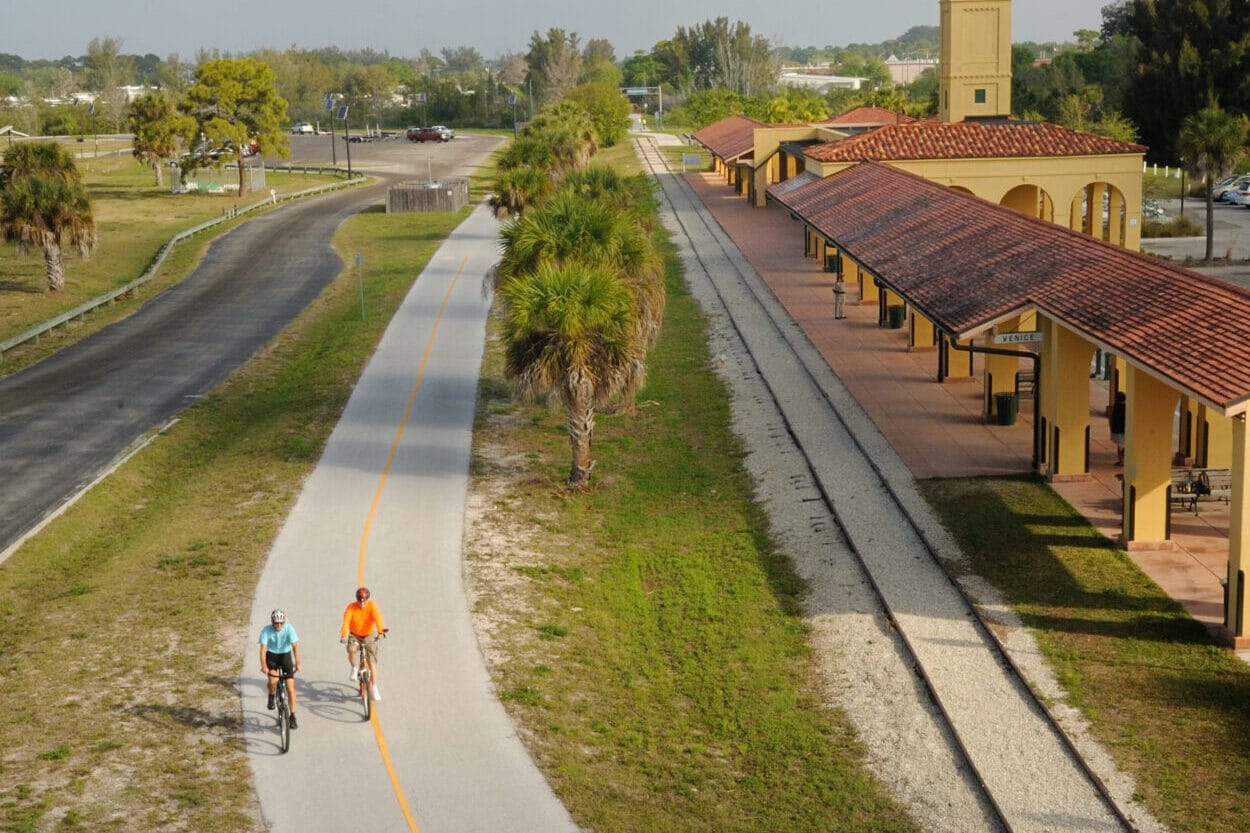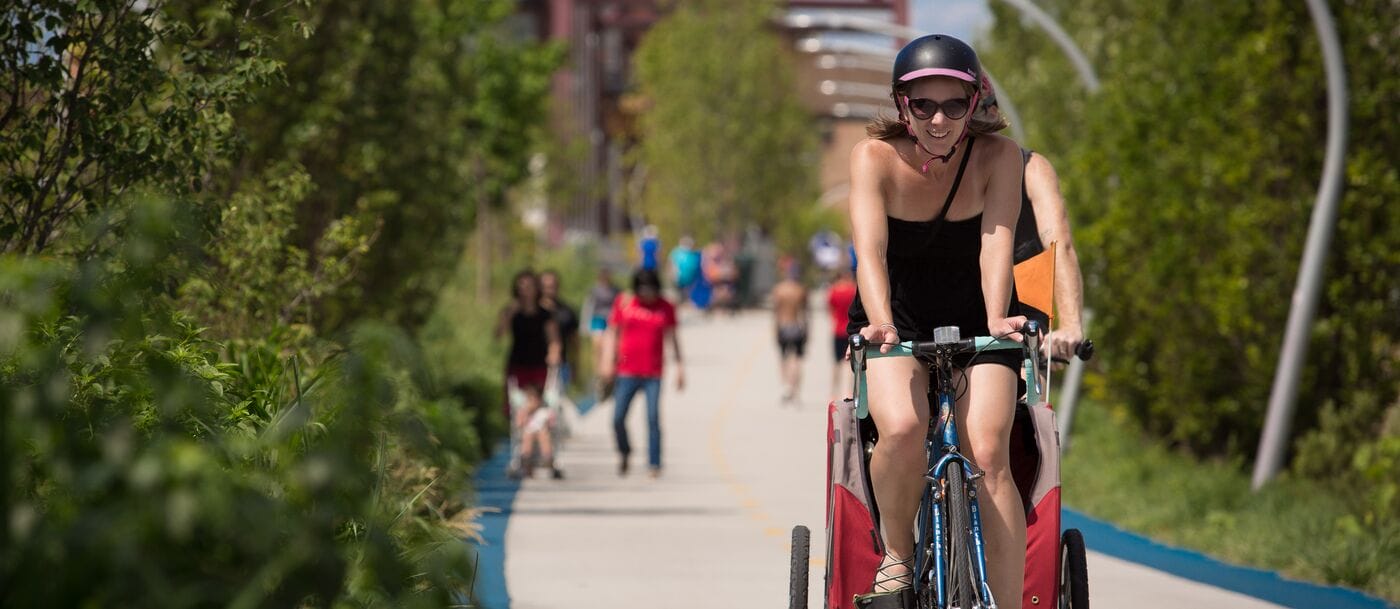
Chicago’s Avian-Themed Mini-Golf Course
Chicago’s Avian-Themed Mini-Golf Course
A Cooper’s hawk hovers over a mouse, a squirrel, and other prey. Nearby, a Baltimore oriole looks longingly at the berries that fuel its migration. And a red-winged blackbird sits beneath cattails in a marshy area that constitutes its preferred habitat.
This wasn’t a fruitful day of birding. Rather, it is three of the 18 obstacles in a new miniature-golf course in Douglass Park in Chicago, designed by a group of teenagers with help from professional artists. In the process, the teens also worked with the Lincoln Park Zoo, learning about all aspects of local birds, from their migrations to habitats. The newly revived golf course reopened this month. Another group of teenagers has been busy working with a local marketer to promote it, using social media sites such as Instagram, Twitter, and Facebook.
 The Douglass 18 mini golf coursePhoto credit: Douglass 18
The Douglass 18 mini golf coursePhoto credit: Douglass 18
Through its partnership with L.L.Bean, we provided funding for the new mini-golf course that provided the necessary match for city funding. The golf course represents a positive new development for families in North Lawndale, a once-thriving Chicago neighborhood that has faced its share of challenges in recent decades.
“This is a community where structural racism has taken its toll,” said Caroline O’Boyle, our Chicago program director. “Douglass 18 adds a vibrancy to the park that will continue to unfold exponentially as people visit the park more often and spend more time there. We were proud to be part of that.”
Involving local teenagers in the new miniature golf course made sense. After all, it was student activists who successfully lobbied to have the name of the 173-acre park changed. Originally, the green space, established in 1869, was called Douglas Park, with a single “s,” after former Illinois senator and enslaver Stephen Douglas. But students decided it would be more appropriate to name the park after the social reformer and abolitionist Frederick Douglass and his wife, Anna Murray-Douglass. The Chicago Park District agreed, and last November the name was officially changed.
[Read more: Four places to watch the spring bird migration in the U.S.]
For the miniature-golf project, some 40 teenagers (mostly from North Lawndale, but also neighboring Little Village) joined in various phases of the effort to reimagine the 18 holes, or obstacles, based on birds that frequent Douglass Park. But first, the teens needed a crash course in ornithology.
“There are more than 200 species of birds that either migrate through Douglass Park or live there year-round,” said Jaeda Branch, who heads up community programs in North Lawndale for the Lincoln Park Zoo, which is situated near the shore of Lake Michigan. “Most of the teens had never thought much about birds before.”
 Teens in Chicago’s North Lawndale neighborhood learned about birds to design the new mini-golf course at Douglass Park.Photo credit: Douglass 18
Teens in Chicago’s North Lawndale neighborhood learned about birds to design the new mini-golf course at Douglass Park.Photo credit: Douglass 18
In weekly workshops, Branch taught them about taxonomy and breeding, migration, and conservation. She even took them on a field trip to the zoo’s McCormick Bird House, where the students had a behind-the-scenes tour, glimpsing birds that are decidedly not endemic to Chicago, including the blue-faced honeyeater and the fairy bluebird.
[Read more: For park planners, creative compromise is par for the course]
The experience gave the teens a deeper understanding of birds as they set to work designing the mini-golf obstacles. In addition to the red-winged blackbird and Baltimore oriole, the obstacles feature the American sparrow, indigo bunting, and tree sparrow, among others. But the workshops also made the teens more aware of their own environment.
“Now some of the students will text me photos of birds they see in their neighborhood and will try to identify them,” Branch said. “One young man recently sent a picture of an American robin and asked if it was a Baltimore oriole. It was a good guess since they do look similar.”
The idea for the new miniature golf course came largely from Haman Cross III, an artist who is a longtime resident of North Lawndale and also an instructor at the School of the Art Institute of Chicago. Cross eventually joined other artists in the quest to bring the golf course back to life. Together they formed a partnership that included the Lincoln Park Zoo and Trust for Public Land, as well as the Chicago Park District, Open Architecture Chicago, Firehouse Community Arts Center, the UIC School of Architecture, site design group ltd., and Urban Fetes.
This raw, beautiful landscape in Southern California is home to Indigenous heritage sites, and it provides critical habitat for threatened and endangered species. Urge President Biden to safeguard this extraordinary landscape today!


Donate to become a member, and you’ll receive a subscription to Land&People magazine, our biannual publication featuring exclusive, inspiring stories about our work connecting everyone to the outdoors.
See how our supporters are helping us connect people to the outdoors across the country.






